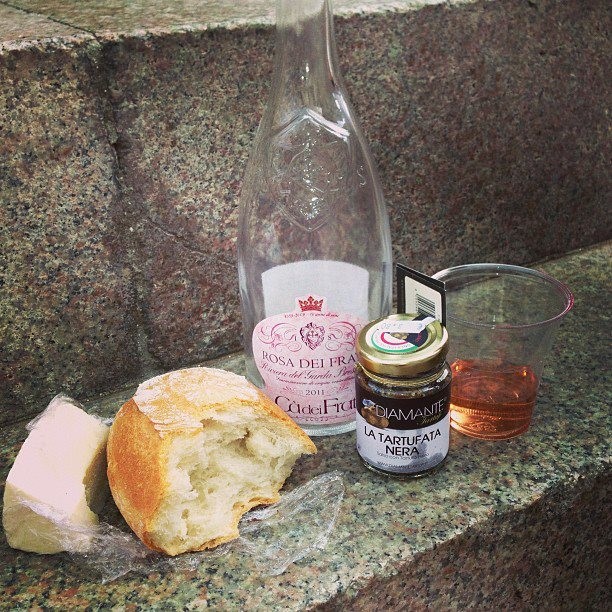 Autumn is coming again, even if it still feels like the heat will never subside here in the Bay Area! With the endless Back to School and Labor Day sales, we're all getting ready for the leaves to change, the wind to pick up, and the cold-weather clothes to come out of storage.
Autumn is coming again, even if it still feels like the heat will never subside here in the Bay Area! With the endless Back to School and Labor Day sales, we're all getting ready for the leaves to change, the wind to pick up, and the cold-weather clothes to come out of storage.
As I look forward to the brisk days of fall (even as I get sunburnt while wearing shorts and tank tops to walk the dog), my taste in wine shifts away from the crisp white and rose that kept me refreshed through the dry summer days and I get excited to break out those full and complex reds that pair perfectly with fall breezes and autumn dinner parties.
For early fall pairing, you have several routes to take. Football season and weekend cookouts need the bold fruit and spice of Livermore, Lodi, and Paso Robles Zin, Syrah, and Petite Sirah. Red blends are always welcome, too! They don't have to be anything fancy, since you don't generally keep crystal stemware next to your outdoor grill. Just get something that has a big enough body and tannic grip to stand up to the smoky flavors of the burgers, sausages, and ribs with which the wines are served. Daytime wines are all about power.
For the cooler evenings, focus on grapes that show more finesse.
...
